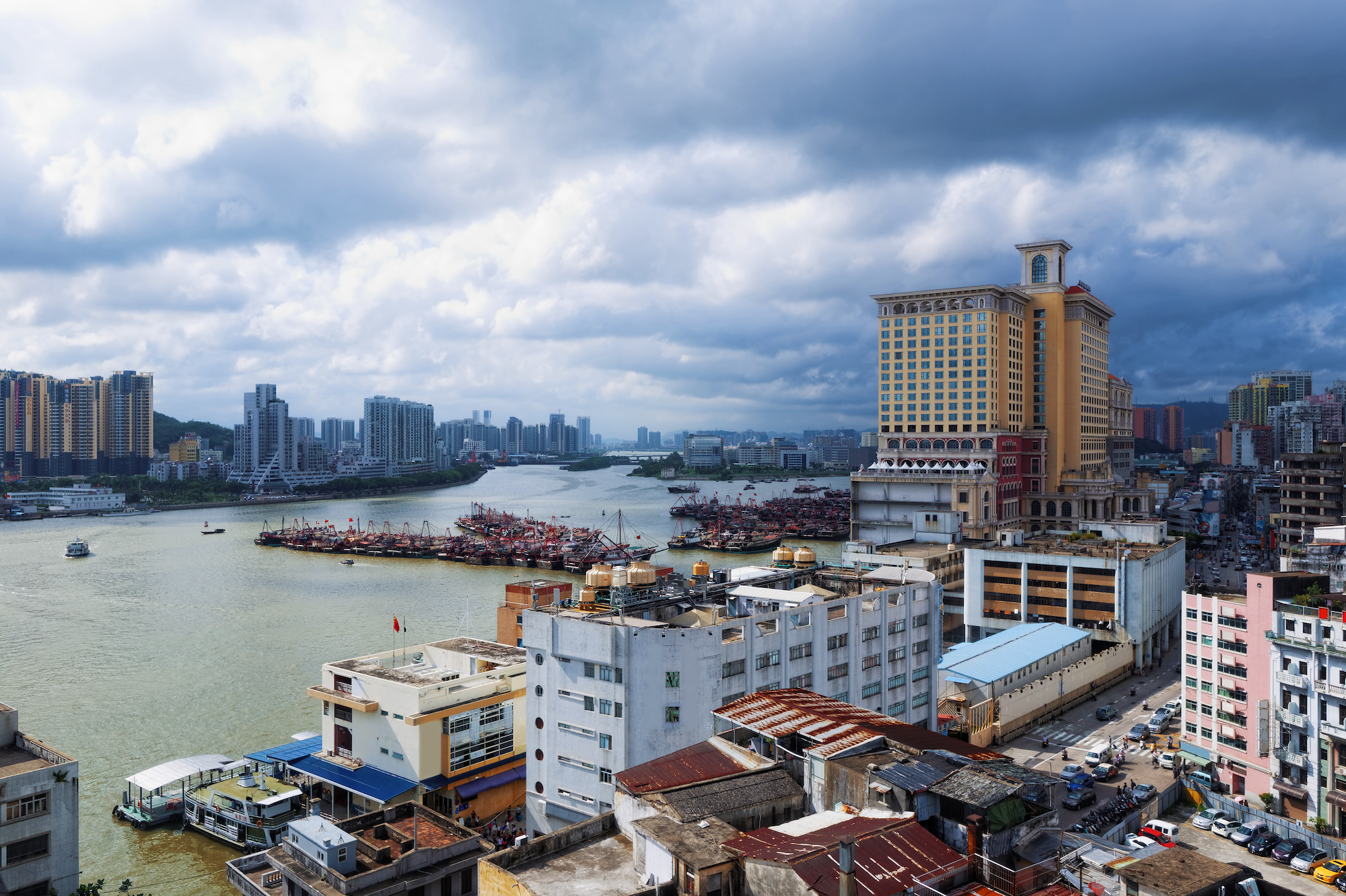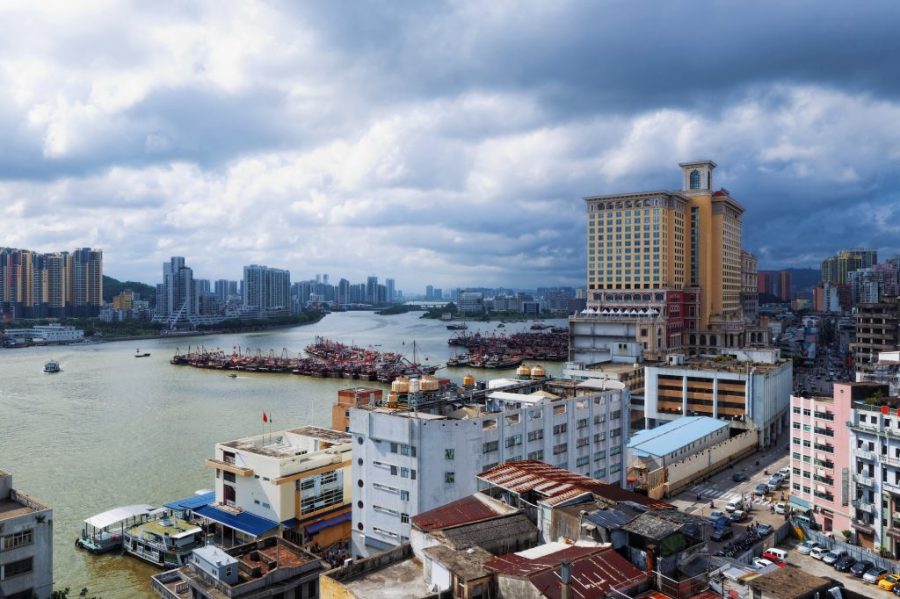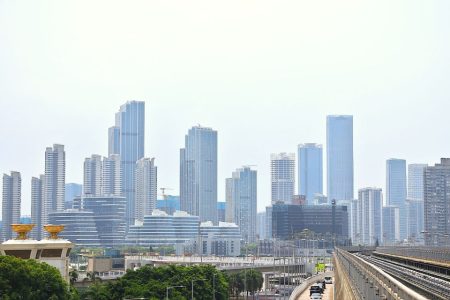Air quality in the Pearl River Delta (PRD) region has shown almost continuous improvement since 2006, according to a report published on Monday by the Pearl River Delta Regional Air Quality Monitoring Network.
Numbers show a long-term downward trend for sulphur dioxide and nitrogen dioxide, down 86 percent and 45 percent since 2006 – when data collection began – respectively. The amount of inhalable particulate matter (dust that can cause health issues when breathed in) in the air had also reduced significantly.
Ozone, however, was up by 39 percent. Carbon monoxide was down by 16 percent from 2015, when the network added it to its data collection.
[See more: Even more rubbish than usual is washing up on Hac Sa Beach]
The PRD Regional Air Quality Monitoring Network is a collaboration between Macao, Hong Kong, and Guangdong province. It has 23 air quality monitoring stations across the Greater Bay Area, with 18 in Guangdong, four in Hong Kong, and one at Taipa Grande in Macao.






